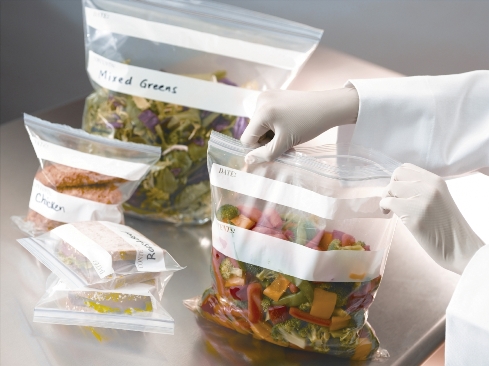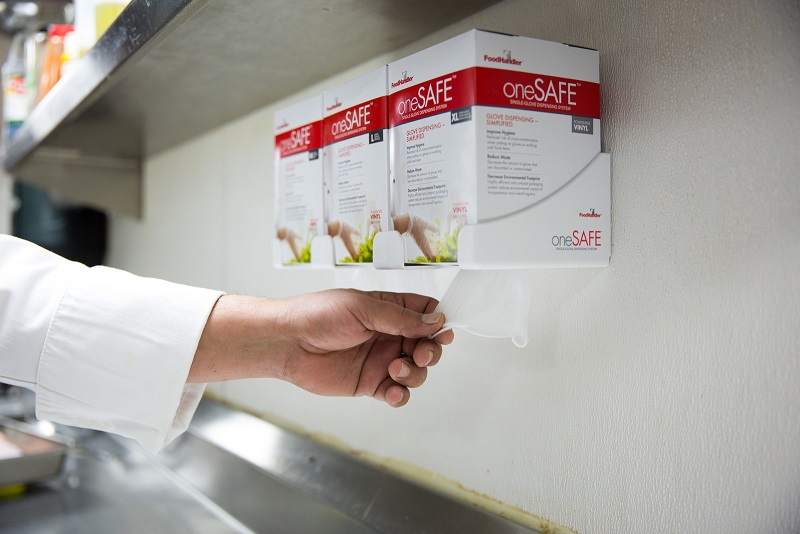Why Canning in Foodservice Really Isn’t a Good Way to Preserve Fresh Produce
Canning has long been a trusted method for preserving fresh produce, offering a way to extend shelf life and minimize waste. I grew up canning garden produce at home with my family and to do this day, I still can salsas, meat broths, pickles, and other tomato products for home use. In fact, it is a hobby of mine that I enjoy undertaking – much to the chagrin of my wife who simply tolerates my obsession to find new, interesting, and safe canning recipes.
Canning has had a resurgence of sorts in the past few years. Thousands of videos online address the topic and fueled by the supply chain disruptions and rising food prices we’ve seen since the pandemic in 2020, canning has become a popular activity once again. Home canning is a great activity – it allows individuals to preserve the produce they grow or buy locally, reduces dependence on store-bought goods, gives you greater control over your food supply and what goes into it, and fosters a sense of independence and preparedness.
That said, home canning should stay just that way – in the home. In a foodservice environment, we’ve seen increased interest in this among chefs and managers as they look to make use of farm-to-table or farm-to-school programs. While it may be ideal for home operations, canning fresh produce in a foodservice setting is often impractical and can lead to inefficiencies and safety risks.
Canning is very labor-intensive, requiring multiple steps. Once you have the produce in the operation, you must wash it, process it, sterilize your jars, prepare the product, fill the jars, and then finally process. Then, once you finish processing you realize that some of your jars didn’t seal, and all that work was for naught! In a foodservice environment where efficiency is paramount, dedicating staff hours to such a tedious process can disrupt operations. Instead of focusing on food preparation and service, staff would be tied up with canning, reducing overall productivity and profitability.
Most importantly, canning carries inherent food safety risks. Improper canning can lead to botulism, a serious and potentially fatal illness caused by the bacterium Clostridium botulinum. Even a small amount of botulinum toxin can make someone ill because the toxin is so potent. Ensuring safe canning practices requires rigorous adherence to tested methods, proper acidity levels, and precise processing times. There’s little room for error, and the stakes are too high if safety protocols are compromised.
From a regulatory standpoint, home canned foods are not allowed in school meal programs per USDA FNS guidelines. If you are another retail foodservice operation, you can only partake in this type of food preservation methods with the approval of your regulatory authority. At the very least, the FDA model food code would require that you have a fully functional HACCP plan in place to receive a variance to engage in this method of food preservation.
In closing, I am a big proponent of home canned food and encourage everyone to try it at least once…at home being the key phrase. But it is a different story in a foodservice operation where you are serving hundreds, if not thousands of guests daily. Hopefully, this discussion will quell your desire to implement canning in your foodservice operation. While canning may seem like a great marketing ploy and a way to preserve fresh produce, it is far from ideal in the foodservice industry. The time, labor, and safety risks associated with canning far outweigh its benefits for a commercial operation. Risk Nothing.
Call out: Most importantly, canning carries inherent food safety risks…there’s little room for error, and the stakes are too high if safety protocols are compromised.
READ MORE POSTS
Food Packaging Safety in a Vacuum
Extending the shelf life of fresh foods has come a long way in the food industry since curing meats with salt and sugar or canning vegetables with heat processing. The food service and consumer markets needed some better visual packages to draw the eye to the freshness factor and the technology of food packaging has filled our dinner plate. Vacuum packaging and modified atmosphere packaging, shortened to “MAP”, are the terms used for the method of food packaging used every time we choose convenience over more complex scratch meal preparation. According to industry statistics, billions of packages of vacuum and MAP-packaged foods flood the marketplace today. In both modified-atmosphere and vacuum packaging, food is packaged in a pouch made of barrier film.
The Eleven Commandments of Food Safety at Your Restaurant
Lists help us remember all kinds of information. Given the list of recent national foodborne outbreaks in the news, keep repeating this list to your food service team. They are kind of like “commandments”. As a professional in a food service facility we should think of the very basic food safety concepts that every crew member should aspire to learn, even though this list may have different priorities based on your menu. The first 3 apply to anyone who serves food, from a bag of popcorn to a full course meal. As chefs or managers, if we can “set the example” by repeating good food safety practices visibly to the crew, it will help them understand how important it is to the success of your facility. Thou shalt:
The Worst Customer Complaint: Foodborne Illness
Food service managers and crew try to follow the rules of food protection. Yet, occasionally a complaint may arise and these calls take priority over all other daily crises. If you have been in the food service industry long enough, you may have gotten one of these. A customer may claim, "I think your food made me ill." These words inflict instant anxiety. If it happens, here are some next steps to think about in advance of such a claim:
How Effective is Your Food Safety Training?
Basic food safety in a restaurant kitchen is not rocket science, but critically important for the crew to take the time to learn about it and for managers to set the example each day. Customers never expect or want to see a manager, chef, or a crew member make a very visible food safety mistake, like not washing hands before food prep and gloving, or touching their face or hair while prepping or handling food. Have we all seen it happen in our restaurant or as a customer elsewhere? Certainly. Are you using some creativity in your current training methods to help your staff “get it” so to speak, and reflect positive behaviors regarding food safety?










